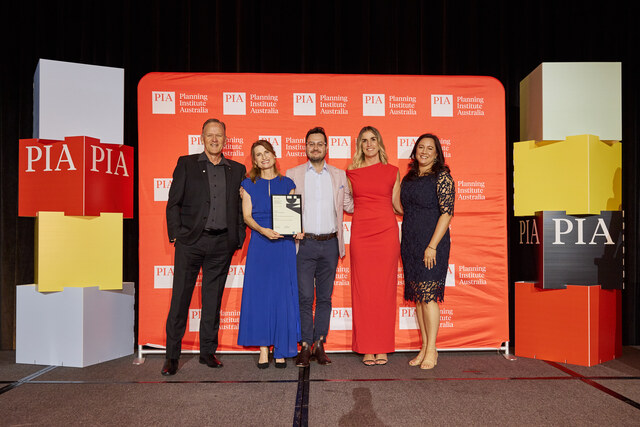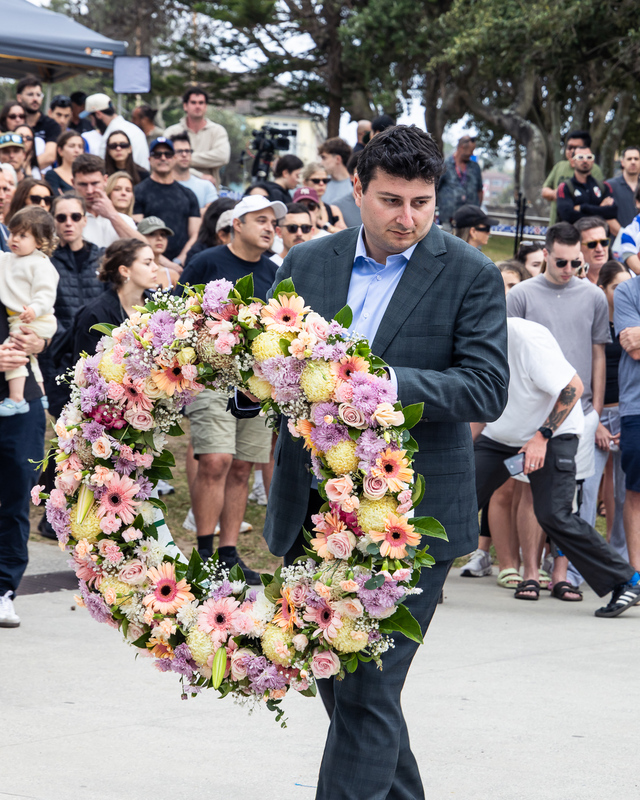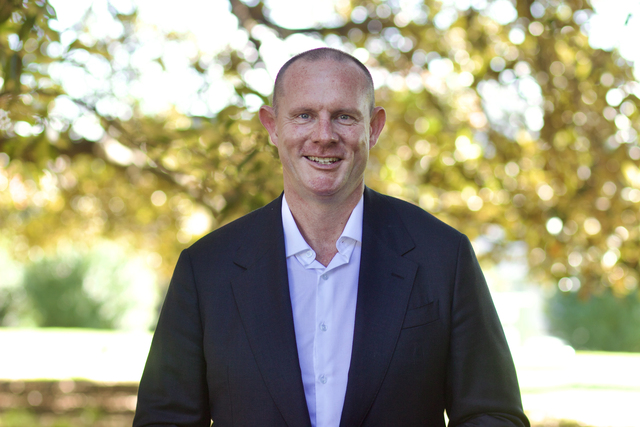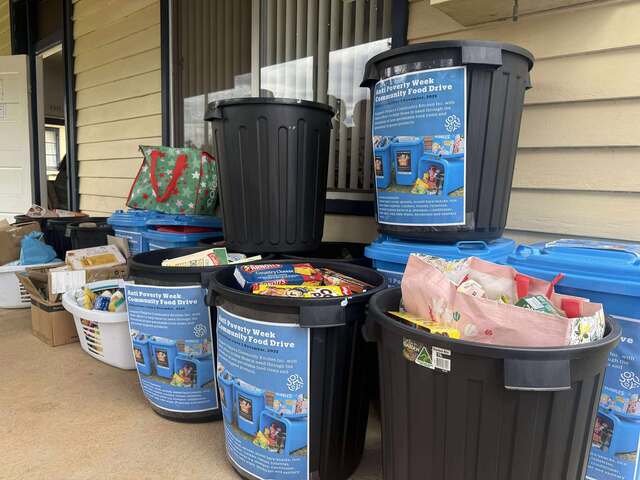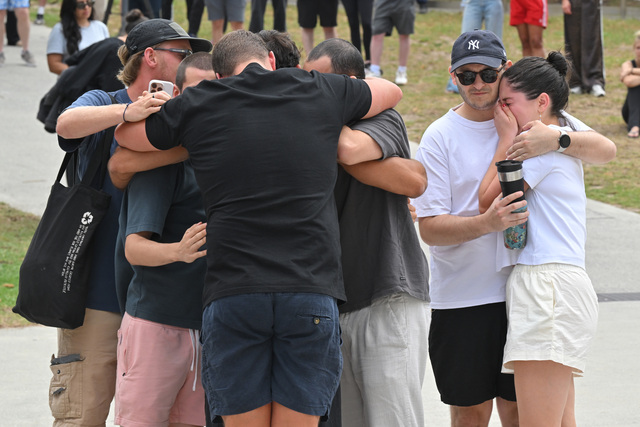Councillor Profiles is a regular feature. This month we profile two Councillors from South Australia.
Councillor Steve Perryman, Mayor City of Mount Gambier, South Australia
Q. How long have you been on Council?
I was first elected as an Area Councillor (formerly Alderman) in May 2000 at the age of 24. In December 2002, I was elected Mayor and have since been elected President of the South East Local Government Association in 2004 and Vice President of the Local Government Association of South Australia in 2005.
Q. Why did you want to become involved in Local Government?
Mount Gambier’s population has an average age of around 34 years, so providing representation for the younger residents of the city was a major influence. I had served as Vice President of South East Regional Youth Council (a sub committee of the South East Local Government Association) for almost two years. This experience gave me exposure to and created an interest in Local Government. The body ceased to operate about three months prior to the 2000 elections, following the withdrawal of funding from the region’s Councils through the regional LGA. Therefore establishment of a Youth Advisory Committee for my Council was a priority for me, as well as supporting community attempts to have a skate park built.
Once on Council, I was exposed to many issues that I had previously not given much thought and found areas of new interest.
Q. Can you tell us about your Local Government area?
Built on the slopes of an ancient volcanic crater, Mount Gambier is the second largest city in South Australia. With a population of 23,500, the city services a catchment population of more than 85,000 as the regional centre. Located approximately half way between Melbourne and Adelaide, Mount Gambier is in the South East corner of the State. It is just 22 kilometres from the South Australia/Victoria border and 28 kilometres from the coast. Softwood and hardwood forestry, horticulture, viticulture, and dairying are major industries supporting the local economy, as well as transport and a healthy commercial and retail sector. Mount Gambier has many parks and gardens including the State Heritage listed Crater Lakes Complex, which includes the magnificent Blue Lake. The city boasts many first class sporting facilities and regularly attracts national and state level competitions in a range of sports. Community spirit and endeavour is very high in Mount Gambier. The community has twice won the title of Australia’s Tidiest Town.
Q. What are some of the challenges you have faced in Local Government?
The biggest challenge is juggling Council, work and family commitments. Council allowances in South Australia are among the lowest in Australia, so balancing work, three girls under six and Local Government commitments can be difficult.
The sudden substantial increase in property valuations in 2002/03 caused a great amount of disquiet in Mount Gambier. While Councils have no control over valuations, we were the target of complaint. Council responded by reviewing its rating system and policies and subsequently changed from a site valuation based system to a capital valuation based system. A number of policies were adopted, aimed at dampening the impact of future valuation ‘spikes’ on individual ratepayers.
Achieving functional reform between the State Government and Councils on the issue of funding and service delivery for mass passenger transport in provincial centres in South Australia has been an ongoing issue for many years. This issue was one of the primary reasons for the formation of the Provincial Cities Association in 1986. Provincial Cities Association Councils gave notice that they would no longer fund services in their area at the completion of their current contract on the basis that the State fully funds mass passenger transport services in the metropolitan area. My Council took the lead in this issue, as we were the first Council to have its service contract expire.
Working with my own Council to keep with their notice to withdraw the funding, despite community alarm at losing the service and the Provincial Cities to standing their ground in the face of similar concern in their communities, did test all our nerves. A suitable outcome was reached, with the State Government committing to fully fund the service in Mount Gambier at the current level. Similar agreements have been reached statewide.
Q. What are the specific issues currently facing your Council?
Council is currently considering a program for funding major capital works over the coming ten years. A new public library, indoor recreation centre, development of a recently acquired former rail land for community benefit, construction and rehabilitation at Council owned landfill facilities, aged care residential facility, and city centre public infrastructure upgrades are items all to be considered.
The City of Mount Gambier and the surrounding district is in the fortunate position of having positive population growth. In addition, it is anticipated 1,000 new jobs will be created in the forestry industry in the next five years. Boundary reform with our neighbouring rural Council is important to ensure orderly development and consistency as Mount Gambier continues to grow.
Council recently received a Commercial Strategy Report that sets the framework for the development of the commercial and retail sectors. It ensures that Mount Gambier maintains its status as the regional centre for the South East of South Australia and Western Victoria. The strategy covers zoning, traffic management, streetscape/landscape and marketing and will be progressively implemented over the coming years.
Q. What are the key aspects of being a good Councillor?
- Passion for the community that you serve.
- Maintaining contact with as many sections of the community as possible.
- Maintaining good working relations and respect with fellow Councillors and Council staff regardless of differing views.
Councillor Marni Curtis, City of Charles Sturt, South Australia
Q. How long have you been on Council?
I was first elected to Council in May 2000, just after my 22nd birthday. I was reelected in May 2003 and served as Deputy Mayor from May 2004 to May 2005.
Q. Why did you want to become involved in Local Government?
A friend suggested that I think about running for my local Council as I was involved in the Australian Republican Movement in the late 1990s. When deciding whether I should run, I realised that I had never heard from my local Councillors. I didn’t know anything about who they were, what they stood for or what the Council was doing. I wanted to offer an alternative and ensure that I was contactable and provide closer links with the community I was going to represent. Councils have a crucial role to play in helping local residents and supporting community development. I wanted to have a say about the Council’s future.
Q. Can you tell us about your Local Government area?
The City of Charles Sturt was created in 1997 following the merger of the Cities of Hindmarsh Woodville and Henley & Grange. It is one of the largest metropolitan Councils in South Australia. The city sits to the west of the CBD and goes to the coast. It covers almost 5,500 hectares, includes 11.5 kilometres of coastline, and has a population of more than 100,000. The city contains the majority of South Australia’s major sporting venues including Hindmarsh Stadium for soccer, the basketball stadium, and AAMI Stadium (Australian Rules football). The Adelaide Entertainment Centre is also in the City of Charles Sturt. Charles Sturt also has more than 130 active community organisations.
Q. What are some of the challenges you have faced in Local Government?
Coming onto Council as a young woman has its challenges. Many community members are not aware that being a Councillor is voluntary, or that we don’t have offices at the Council Chambers. One resident told me that he thought I was an older retired woman because “that’s what you have to be to be on Council”.
It is a constant challenge to balance my role on Council with my full time job, and to also manage the community’s needs and expectations.
Engaging the community in Council’s decision making processes is also challenging. Many people only get in touch with Council when they have problems. They do not recognise the positive contribution that the Council makes to the community and the services it provides. The image of Local Government needs to be improved with greater recognition of the valuable work Councils do for residents.
Q. What are the specific issues facing your Council?
Council has achieved a great deal over the past few years. We have put a new waste management system into place and have become more focused on the community. We still have asset management challenges, particularly the management of roads and stormwater systems that need improving.
Recently, Council reviewed the boundaries of its wards. Fewer Councillors will be elected in November, but they will have larger constituencies. The challenge for Councillors will be to continue to adequately represent the views of their residents and to provide links with their community.
Q. What are the key aspects of being a good Councillor?
Being open, honest and approachable is critical to being a good Councillor. We need to be able to understand the needs of the community and how to best meet those needs. This is not possible without consistent and open communication between the Councillors and their residents. We need to be in touch with community views and be willing to not only listen to the community, but to act on their behalf.


